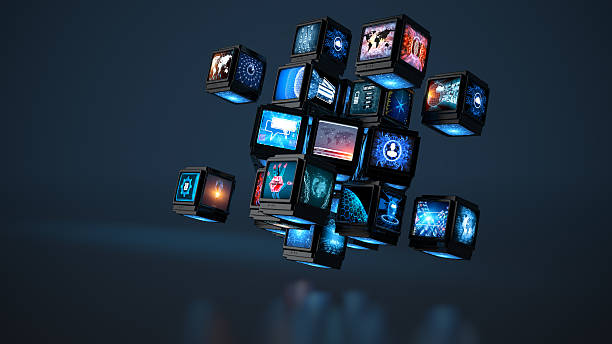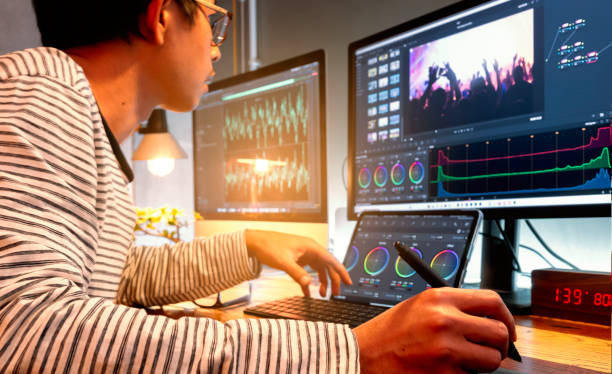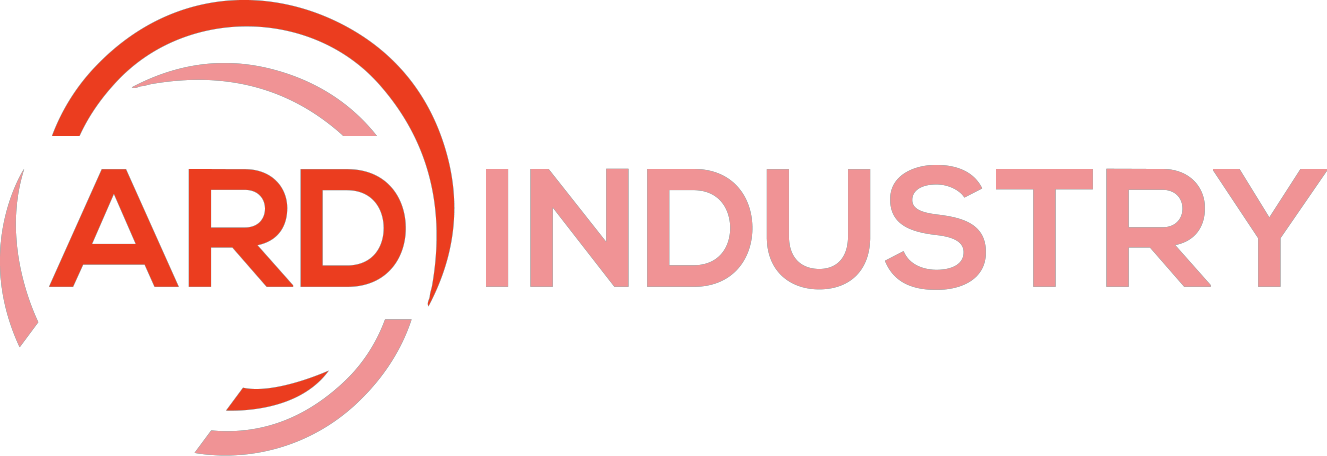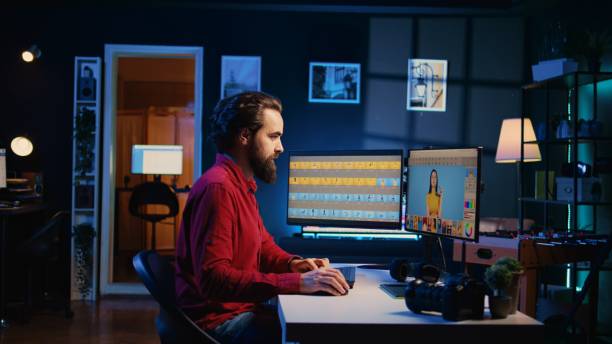Have you ever wondered why certain designs grab your attention instantly, while others seem to fade into the background? What makes a design stand out and captivate an audience? The secret often lies in the effective use of multimedia. In today’s digital world, incorporating video, audio, animation, and interactive elements into creative design isn’t just a trend—it’s a game-changer for businesses looking to connect with their audience in deeper, more meaningful ways. But how exactly does multimedia enhance creative design? And why should it be an essential part of your design strategy?
Let’s dive into the pivotal role multimedia plays in creative design and explore how it can transform your projects from good to unforgettable.
What Is Multimedia, and Why Does It Matter?
Multimedia is an umbrella term used to describe the integration of different forms of media. Such as text, images, audio, video, and animation—into a single cohesive presentation. Whether it’s a website, social media campaign, or an interactive ad. The combination of these various elements makes your content more engaging and accessible.
The importance of multimedia in creative design cannot be overstated. It adds depth and dimension to your designs, transforming static images and text into immersive experiences. By incorporating multimedia elements, you can appeal to multiple senses, creating a more lasting impact on your audience.
Enhancing Visual Appeal: The Power of Images and Graphics
It’s no secret that humans are highly visual creatures. Studies have shown that visuals are processed 60,000 times faster than text. This makes imagery one of the most powerful tools in a designer’s arsenal. But in creative design, it’s not just about using any image—it’s about using the right image.
High-quality images, graphics, and illustrations can tell a story without uttering a single word. They can convey complex ideas, set the mood, and even evoke emotions. For instance, when designing a website or social media post, a striking image can instantly convey the core message you want to communicate, whether it’s an ad campaign, a product feature, or an event promotion.
To elevate your creative design, consider pairing these images with well-thought-out typography and layout. A perfectly crafted image or graphic can enhance your design’s visual appeal and ensure your message sticks with your audience.
Adding Movement: How Animation and Video Capture Attention
Static designs are effective, but incorporating movement can make your designs even more engaging. Animation and video are two of the most powerful multimedia tools in creative design, with the potential to elevate your content and make it more memorable.
Animation
It brings an extra layer of creativity to your designs. Whether it’s subtle animations on buttons or a more complex animated infographic, these elements catch the viewer’s eye and guide them through your content. Animations can also help simplify complex ideas by breaking them down into easy-to-understand visuals, which enhances the overall user experience.
By using animation, you also add an element of surprise or fun to your design. Also, a well-executed animation can spark curiosity, encourage interaction, and even inspire social sharing. The key is to ensure the animation aligns with your brand’s tone and message, keeping it professional yet playful enough to grab attention.
Video
Video is one of the most effective ways to deliver your message in creative design. In fact, studies show that video content is likely to engage users more than other types of media. The versatility of video allows you to showcase products, explain services, or tell a compelling story in a format that holds people’s attention.
For example, imagine a landing page with a short video that explains how your product works. It’s far more engaging than a block of text and can communicate your message in a way that resonates emotionally with the viewer. So, videos have the power to simplify complex concepts and provide a rich, immersive experience that static images simply cannot achieve.
Audio Elements: The Often Overlooked Tool in Design
While we often focus on visual elements in creative design, audio is another important, though sometimes overlooked, tool in multimedia. Incorporating sound can dramatically enhance the user experience, making it more immersive and emotionally engaging.
Think about websites that use background music, sound effects, or voiceovers to guide the viewer’s journey. A soft background melody can set the tone of your website. While a well-timed sound effect can add excitement or surprise to an animation. Audio can also make your content more accessible by providing an auditory element for people who might have visual impairments.
However, it’s essential to use audio judiciously. Too much sound or jarring audio can be distracting or annoying. The key is subtlety—ensuring that the audio complements the design without overwhelming it.

Interactive Design: Engaging Users Through Interaction
What’s better than a static website or ad that you simply look at? One that you can interact with. Interactive design is a powerful multimedia tool that allows users to actively engage with the content, making it more memorable and valuable.
Interactive elements—such as clickable images, sliders, quizzes, and polls—encourage users to participate, leading to longer engagement times and deeper connections with your content. These elements can help you tell a story in a more dynamic way. Allowing users to choose their own path, discover hidden features, or learn at their own pace.
For instance, a product page with interactive 360-degree views or a clickable demo can increase user interaction and drive conversions. When done correctly, interactive design can not only be fun but also an effective way to capture and maintain the user’s attention.
The Impact of Multimedia on Branding
Effective branding is all about creating a lasting impression. When you use multimedia creatively, you add layers of depth to your brand identity. Multimedia design is an excellent way to showcase your brand’s personality and values. Ensuring that your audience connects with your message on a deeper level.
Consider how companies like Apple, Nike, or Coca-Cola utilize multimedia in their branding. They use stunning visuals, engaging animations, and compelling video content to communicate their brand story and engage with their audience. This not only builds a strong emotional connection but also creates a consistent, recognizable brand experience across all touchpoints.
Incorporating multimedia elements into your brand’s creative design ensures that your messaging remains fresh and relevant, keeping your audience engaged and eager for more.
The Role of Multimedia in User Experience (UX) and User Interface (UI) Design
When it comes to digital design, user experience (UX) and user interface (UI) play a critical role in how a design is received. Multimedia elements directly impact both of these areas, influencing how users interact with and navigate through your content.
For example, interactive elements such as hover effects or animations on buttons make the website feel more responsive, encouraging users to explore further. Video or audio content can guide users through your website, making their journey more intuitive and enjoyable. By combining these elements with intuitive navigation, you can create a user experience that not only looks great but also feels natural and seamless.
Effective multimedia use in UX/UI design leads to greater engagement, improved usability, and ultimately, higher conversion rates.
The Future of Multimedia in Creative Design
As technology continues to evolve, so too will the possibilities for multimedia in creative design. Augmented reality (AR) and virtual reality (VR) are on the rise, offering even more opportunities to create immersive, interactive experiences that were once unimaginable. These technologies allow users to interact with designs in completely new ways, offering a level of engagement that traditional methods simply cannot achieve.
Moreover, artificial intelligence (AI) is increasingly being used to personalize multimedia content. Imagine AI-driven design that adapts based on the viewer’s behavior, interests, or preferences. This creates highly personalized experiences that are more likely to captivate the audience and drive action.
The future of multimedia is limitless, and those who embrace these advancements will have a competitive edge in the ever-evolving design landscape.

Conclusion
Multimedia has become an integral part of creative design, offering endless possibilities for designers to elevate their work and connect with audiences in more meaningful ways. Whether it’s through powerful visuals, engaging video content, interactive elements, or immersive audio, multimedia has the power to captivate, inform, and inspire.
As we move into a more digitally immersive world, the role of multimedia in design will only continue to grow. To stay ahead of the curve and ensure your designs stand out, consider how you can incorporate multimedia elements into your next project. With the right combination of tools and creativity, you can take your designs to the next level and leave a lasting impression on your audience.
Multimedia is no longer a luxury in creative design; it’s a necessity. By strategically integrating various forms of media into your design, you can create more engaging, dynamic, and memorable experiences that resonate with your audience. So, why wait? Start exploring the possibilities of multimedia today and see how it can elevate your next design project!








